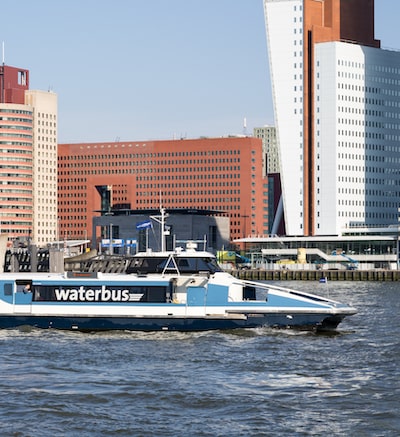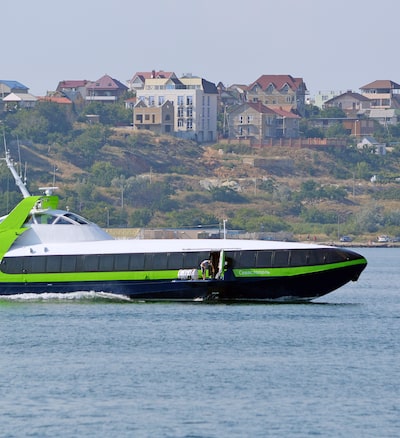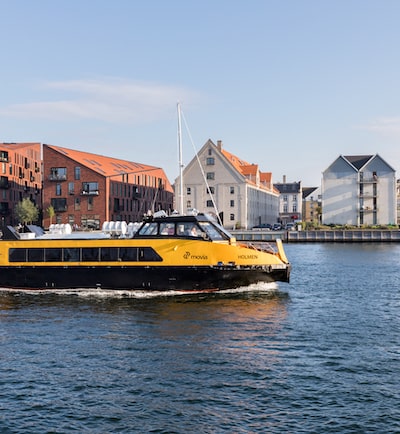







Waterborne passenger transport has become an integral part of the landscape in many cities around the world in recent years. Thanks to the development and rejuvenation of waterfronts, coupled with increased congestion on land, the mode is enjoying somewhat of a revival.
London’s Mayor, Boris Johnson, decided back in 2012 to double the river passenger journeys by 2020.
Investing in waterborne passenger transport is a complex challenge, regardless of whether it is a brand new setup or a rejuvenation of an existing fleet, landing piers and an extension of the entire transport system.
If once trusted, our mission is to carefully consider all aspects of a waterborne passenger transport system and pay attention to every single details prior to suggest any solution for a desired location and operational profile.
Nautex follows each project from the manufacturing process all the way through the installation and commissioning.
We closely cooperate with some of the market leading suppliers in the nautical industry. Below you will find an overview on our main activities in brief. For further information and any specific inquiries, feel free to contact us.

Vessels utilized for a public transport usually with speed up to 40 km/h operating mostly in an urban environment.

High-speed vessels serving as passenger ferries.

Watercrafts used to provide public or private transport as well as shuttle service on several water ways.
Piers are defined as a structure with a deck built out over water and used as a landing place for vessels. They are essential elements in the services of waterborne passenger transport and are an integral part of the system. Their configuration and location will have an influence on passengers’ choice to use water transport services. Thus, understanding the different types of piers in terms of design, as well as best practices to keep them well-maintained, safe and secure is incredibly important.
Structural floating concrete pontoons are the most widely used platforms for several types of landing stages today. They are seaworthy, unsinkable, practically maintenance-free, have a very high loading capacity and a very long service life.
Floating concrete breakwaters are very reliable for to attenuate waves to an acceptable level so that sheltered berthing can be provided in the even harshest environment. Their structure combined with a closed-cell styrofoam render them practically unsinkable. The floating breakwaters are usually moored with chains connected to concrete blocks serving as anchors. The high displacement and the presence of keels provide an exceptional stability in water.
We can equip our floating concrete pontoons with virtually any tailored superstructure and device in order to achieve a required benefit for our customers. All year round serviced waiting rooms for commuters equipped with social facilities, refreshment kiosks, shops, bars, galleries, private homes etc. are just examples of diverse possibilities.

We are eager to run an environmentally friendly business to reduce the impact on the environment and preserve natural resources.
Ensuring to connect new digital platforms with the customer and its needs, portals to support electronic communication, self-service zones, and social networking.